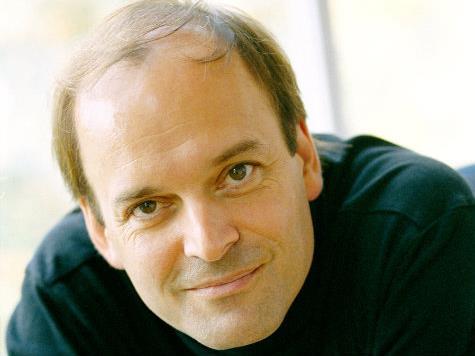It was something of an enigma itself that the Melbourne Symphony Orchestra (MSO) named this concert Elgar’s Enigma Variations, as the work vied with a Mozart piano concerto in length if not importance. Perhaps it was because there was not a clear theme to link the four works presented, although together they did make for a pleasant and varied program.
The next day brought something of a revelation, though, as I listened to ABC Classic FM’s broadcast of this year’s BBC Last Night of the Proms. As always, Elgar featured in the traditional finale, thanks to Land of Hope and Glory from his Pomp and Circumstance March No. 1 in D major, and his orchestration of Parry’s Jerusalem.
The MSO concert being reviewed was short on bow ties, flags and teddy bears but it could easily have been part of the BBC Proms, which traditionally feature works by British composers and crowd-pleasers such as the Mozart. (The Enigma Variations would qualify on both these counts).
This is not a far-fetched theory, given that the MSO’s Chief Conductor, Sir Andrew Davis, is well-known for conducting the Proms when Chief Conductor of the BBC Symphony Orchestra – and for his speeches at a number of Last Nights.
There were no speeches at Robert Blackwood Hall but the MSO, guest soloist Louis Lortie (pictured) and Davis as conductor were all in fine form. Each half of the concert began with music by 20th century British composers, the first being Michael Tippett’s Little Music for String Orchestra. At just 11 minutes long, and four movements played without pauses, the work was never going to be more than an exploration of themes.
Nevertheless the MSO players gave the music serious attention so that it had interest, especially as its speed and animation increased. It was startling, though, that Davis, with a sense of theatre, turned to the audience, apparently letting the work come to an end by itself. (Gordon Kerry’s program notes suggest that was precisely what Tippett intended).
The Mozart Piano Concerto NO.25 in C, K.503 could hardly have been more of a contrast, with the first movement marked ‘maestoso’ and having hints of the Marseillaise, thanks to a march played by the violins. However, the piano’s unassuming entry and Lortie’s lightness of touch and delicate phrasing saved the work from sounding militaristic.
Even the technically demanding cadenza that made this a long first movement was pretty rather than overly dramatic. And the Andante that followed had Lortie adding another dimension to the harmony rather than demanding attention.
In both the Andante and the final Allegretto (featuring a well-known subject) the winds enhanced the sound, often playing duets with the piano. The piano had more opportunity to assert itself as the solo instrument but both Lortie’s sensitivity and the MSO’s support made this final movement simply sound beautifully integrated and, well, Mozartian.
The second half of the concert gave far more prominence to the brass and percussion sections of the orchestra. Nevertheless, the first of Four Sea Interludes from Britten’s Peter Grimes Op.33a, called on winds and strings to create the moods of the sea. As the work moved towards the final ‘Storm’ (that in the opera comes in Act 1) the orchestra showed what it was made of, drawing all players into a complex sound-picture that was relentlessly dramatic.
A big sound was needed, too, for Elgar’s Enigma Variations – the title work and the last on the program. Among a large complement of guest musicians was concertmaster Eoin Andersen who, like resident cellist David Berlin, played a leading role in the performance.
There are two approaches an audience can take to this work. One is to be caught up in the enigmatic elements of the work: its original inspiration, and the characters it depicts. (According to Martin Buzacott’s notes, these include musicians whose style is parodied and even a bulldog falling into a stream).
The other approach is to wait for the ninth variation, Nimrod, and then luxuriate in its slow, powerful build to a massive sound with the brass prominent. The MSO has often played this work but again presented it with vigour and enthusiasm, Davis handling the crescendo in his usual measured style.
After that, it was a matter of tracing the theme in other variations until the finale (the 15th variation) briefly reprised a lilting gentle variation before the violins led the orchestra into the final massive sound. Nimrod was recalled as all four percussionists justifying their occupation of the entire back row of the stage.
And so this exciting performance came to an end. It would have been good to have had a flag to wave, or a teddy bear to toss into the air!
Rating: 4 ½ stars out of 5
Elgar’s Enigma Variations
Melbourne Symphony Orchestra
Sir Andrew Davis – conductor
Louis Lortie – piano
Tippett – Little Music
Mozart – Piano Concerto No.25
Britten – Four Sea Interludes from Peter Grimes
Elgar – Enigma Variations
Robert Blackwood Hall, Clayton
13 September
Photo: pianist Louis Lortie




